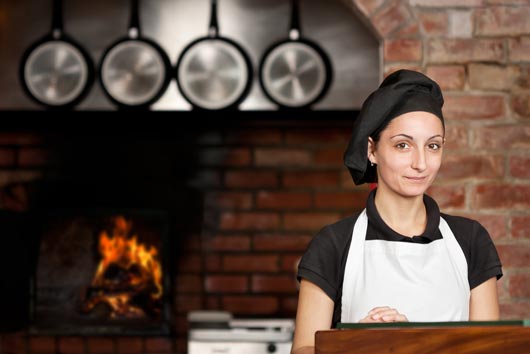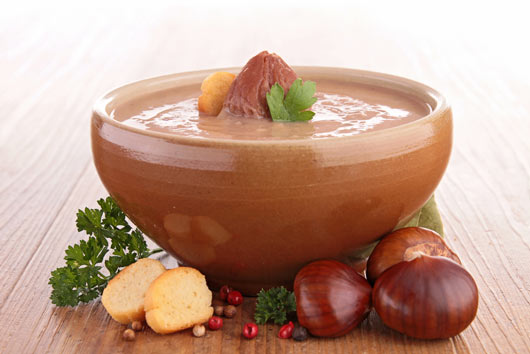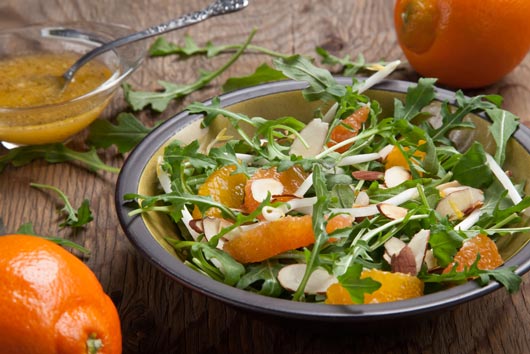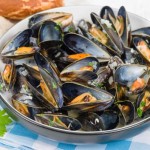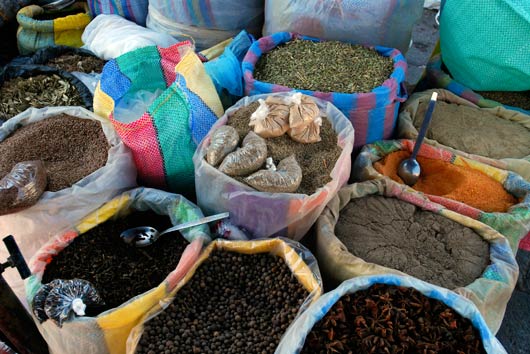
Whether you love to cook or you simply do it out of necessity, there are certain staple items and tools you should always have on-hand to maximize your cooking (and your eating) experience. This is especially true of Latin cuisine, which focuses heavily on spices and seasoning to give food a major kick in the you-know-what. Plus, Latin dishes (which include everything from Mexican to Brazilian to Peruvian foods and more) are full of flavor and bursting with color. While Latin cuisines are heavily influenced by other cultures ranging from European to African, they are unique in the ingredients they use and how those components are put together to create a culinary masterpiece. In a feature on Mexican cuisine, Saveur Magazine explains that it is the “ingredients and equipment that give Mexican cooking its singular intensity and depth of flavor.” And the same can be said for virtually any Latin cuisine.
So what should you stock in your panty so you’re always ready to whip up a tasty salsa or to-die-for arroz con pollo? Let’s start with the spices. Chile powder, cumin, garlic, saffron and adobo are all must-haves. Haven’t heard of some of these? Well get to know them, they are about to become familiar flavors in your Latin kitchen. Chile powder provides spice (no shock there), cumin is an aromatic spice that you’ll find in Mexican dishes, but also African and Asian cuisines, garlic is just delicious in every kind of food, and saffron provides both flavor and color—it adds an orange tint to your dish and it’s essential for a good paella or curry recipe. Lastly, adobo is typically sold in a jar and provide a smoky, hot flavor to everything from marinades to salsa.
As far as Latin dishes go, when it comes to the herbs, stock up on cilantro, which is the big one with most Latin cuisine. The issue is that people are rarely lukewarm on cilantro; they either love it or they HATE it. If you think cilantro tastes “soapy,” as some say, you can swap it for parsley or you can use coriander, which is actually made from the dried fruit from the cilantro plant.
Read Related: The Latin Table: 20 Iconic Hispanic Food Styles that Always Please a Crowd
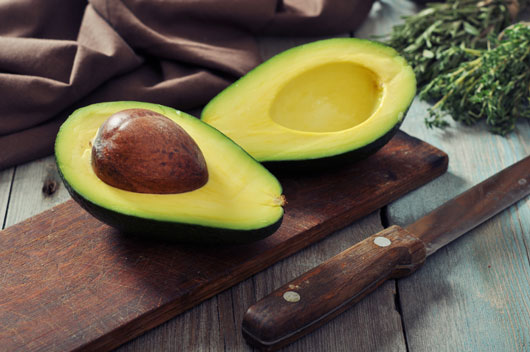
In the produce department there are some obvious and some less-obvious must-haves. First, the fruits (that are treated like vegetables): avocados and tomatoes. Avocado provides a rich, buttery flavor to almost any dish ranging from guacamole to salad to sandwiches to tacos. You’re going to use this ingredient a lot, and not just specifically Latin cooking. Tomatoes are used in their raw form to make salsas as well as in a variety of sauces and soups. Our friend the pepper plays a big role in Latin cooking as well. Some are spicier than others (jalapeño, chilies, tomatillo, chipotle…) so keep a variety on hand so you’re prepared no matter what your taste buds are looking for. Mango and plantains are the Latin fruits of choice and limes add a boost of tart flavor to almost any dish, especially as a topper for your taco or salad. Yucca is not something you would typically store in your kitchen, but swap your potatoes for this starchy root vegetable found in many Latin soups, stews and sauces.
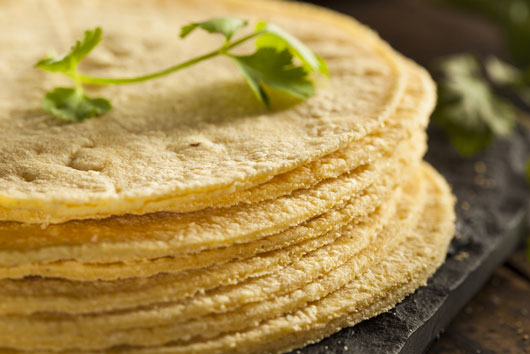
And lastly when it comes to Latin dishes, the grains and shelf-stable items…because you absolutely cannot have a Latin kitchen without rice, beans and tortillas. Rice is great to keep around because it never really goes bad if you store it properly. You’ll use rice for everything from paellas to arroz con pollo (chicken and rice) or as a side dish, so stock up on medium and long-grain rice. In addition, keep a variety of canned beans on hand. Again, they are safe in your pantry for the long haul, so don’t be shy. Black, pinto and red kidney are most common in Latin cuisines. Lastly, what would a Latin kitchen be without tortillas? You might prefer flour tortillas; your kids might prefer corn, so stock up on both. You can even freeze them to keep them fresh until it’s time to dig in.
Finally, your kitchen is nothing without the right tools. While a sushi chef needs the sharpest knives and a pastry chef swears by her rolling pin, a Latin kitchen needs a few key items. You’ll need a mortar and pestle to grind herbs and spices. Yes it’s old school, but so are a lot of Latin cooking traditions, and that’s part of why we love them. A tortilla press is an easy (and modern) way to make corn tortillas without laboring for hours over the process and a lime press makes it easy to squeeze fresh limejuice on any/every dish you make. And let’s not overlook the clay cookware that looks authentic and allows you to cook dishes in true Latin fashion. Some Latin chefs argue that you can taste the difference when you cook with clayware because these pots build heat slowly to cook food, and then retain that warmth naturally.



